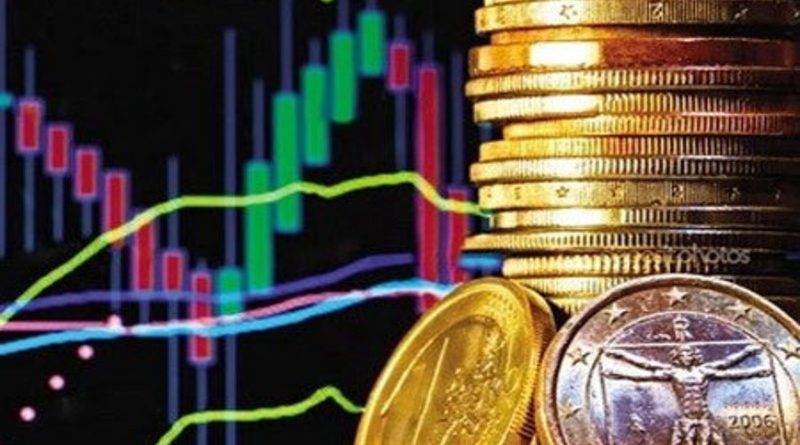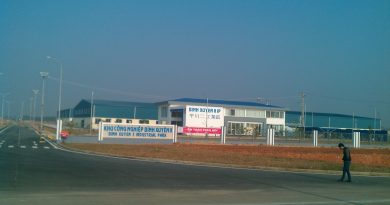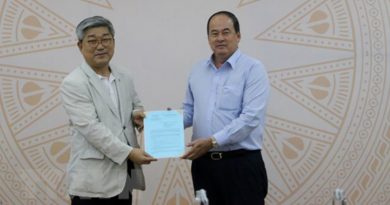Vietnam continues to attract more capital from South Korea, Japan
Vietnam’s impressive successes and growing position in the world are helping the country become an destination for Japanese and Korean investors.
Japanese Prime Minister Suga Yoshihide visited Vietnam on October 18-20. It was Suga’s first overseas trip since he took office as Japanese Prime Minister. After Vietnam, Suga is paying a visit to Indonesia, which is the most populous country in ASEAN.
Nikkei commented that Suga’s visit to Vietnam will promote global investment agreements. This is seen as a positive sign at a time when, according to VinaCapital, central banks over the globe have been and will be issuing new money with total value of up to $6 trillion.
The movement of this huge cash flow could give a push to some economies if they can grab the opportunity.
According to the World Bank (WB), Vietnam now has unprecedented advantages after successfully fighting Covid-19. It is the only economy in ASEAN’s top 5 maintaining positive GDP growth in the context of the pandemic.
A recent study by VinaCapital shows that foreign investment capital is one of the important factors to help Vietnam recover soon and regain its growth after Covid-19.
Capital from Japan, one of the important capital sources, is predicted to continue to flow strongly into Vietnam.
Japan is the fourth largest trade partner of Vietnam, after China, the US and South Korea, and the second largest foreign direct investor in 2019, just after South Korea.
Both Vietnam and Japan are members of CPTPP. Vietnam also has an important FTA with the EU (EVFTA).
Japan recently applied a policy on diversifying the global supply chain, which is expected to help the country avoid disruptions of the supply chain in the future.
According to Reuters, half of the enterprises joining the government’s support program to diversify the supply chain in Southeast Asia are targeting Vietnam. The number of Japanese enterprises expanding their business scale and making investments in Vietnam has been increasingly rapidly.
Japanese capital is now pouring into Vietnam not only through FDI, but also through foreign indirect investment (FII). Japanese corporations target buying into Vietnamese enterprises leading in their business fields.
JX Nippon Oil & Energy belonging to ENEOS Corporation last September wrapped up a deal by buying 13 million shares of Petrolimex, the biggest petroleum distributor in Vietnam with 60 percent of market share. With the deal, the Japanese shareholder’s ownership ratio has increased to 9 percent.
In 2016, JX Nippon Oil & Energy spent VND4 trillion to acquire 8 percent of Petrolimex shares.
In March 2020, OCB, a Vietnamese commercial bank, issued 86.68 million shares (100 percent of shares registered for sale) to Japanese Aozora Bank.
Earlier this year, Sumitomo Life spent VND4 trillion to buy another 41 million shares of Bao Viet, the biggest Vietnamese insurer, raising its ownership ratio to 22.09 percent. The transaction was implemented within a record short time of six months.
Prior to that, Sumitomo and two institutions spent $37 million to acquire 10 percent of shares in Gemadept (GMD), Vietnam’s leading logistics firm.
Nikkei Asia reported that Japanese enterprises are pouring capital into Vietnam’s leading enterprises in anticipation of great business opportunities. Sumitomo, for example, sees high demand for logistics services as Vietnam plays an increasingly important role in the global production chain.
Vietnam is a market full of potential with demand for container transportation increasing by 7 percent, and 14 million containers of goods carried every year. The figure is expected to increase to 23 million containers by 2025.
In August 2019, Kyocera decided to set up a photocopy and printing machine factory in Vietnam with products targeting Vietnam and US markets.
Prior to that, at the Vietnam investment promotion conference in Tokyo in early July 2019 with the presence of Vietnamese Prime Minister Nguyen Xuan Phuc, Japanese investors poured $8 billion into a series of business fields in Vietnam soon after the country signed an FTA with the EU.
Tran Dinh Thien, former director of the Vietnam Economics Institute, said at a recent workshop on the 2020 economy that the attractiveness of Vietnam lies in the openness of the economy and many FTAs with important partners.
Vietnam is among the economies with the largest openness in the world, with import and export turnover/GDP at 200 percent.







